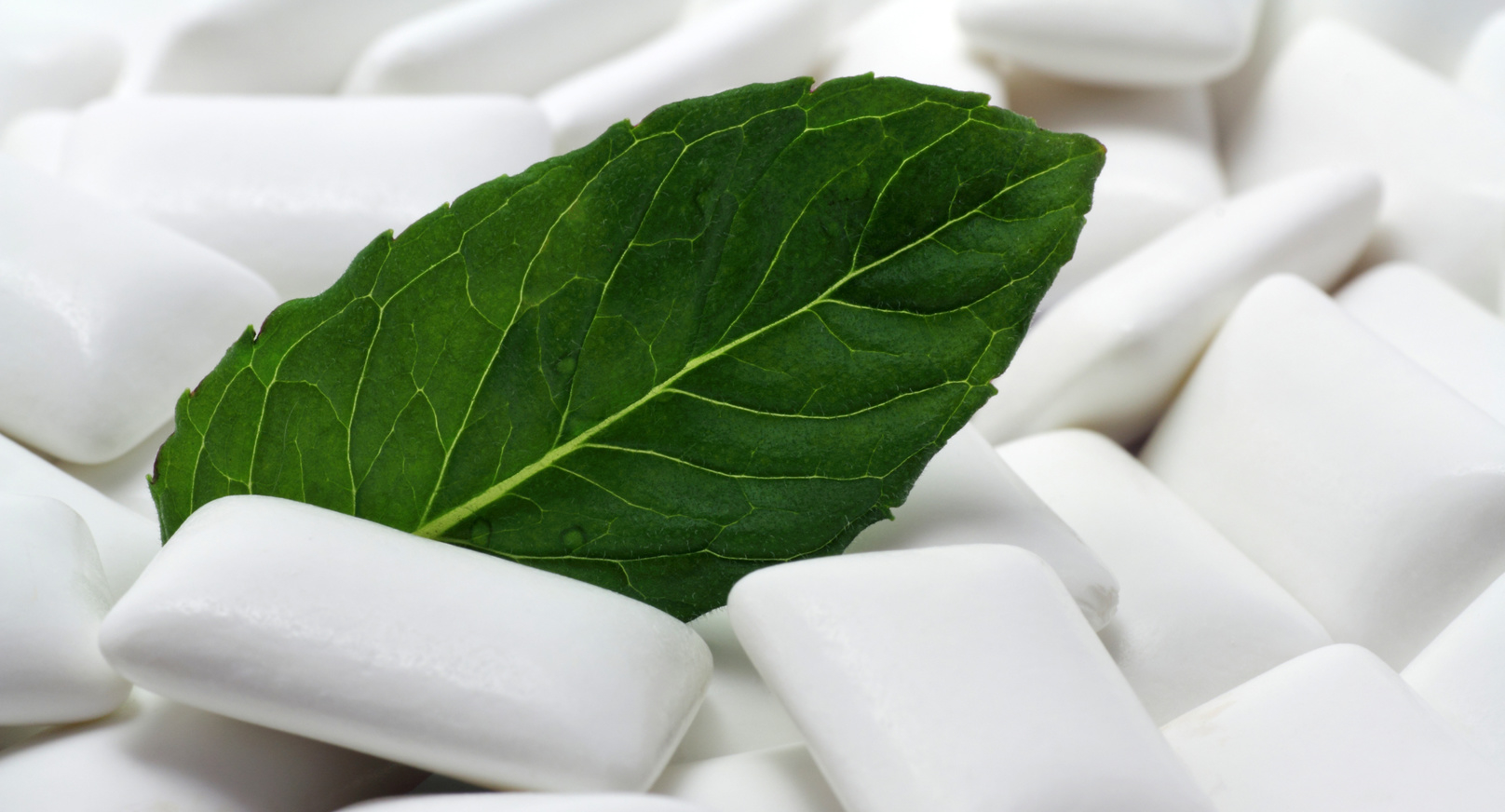Chewing gum – what does the specialist say?
Chewing gum is very popular. Chewing gum bubbles and the colorful balls from the gumball machine delight even the youngest children. But the adults like them too.
Chewing gum is chewed for a variety of reasons: Nicotine gum is chewed when a craving for a cigarette overcomes you, and some people also use chewing gum for dental care.
The history of chewing gum
The oldest chewing gum is said to be made of birch pitch and is more than 9,000 years old.Archaeological findings show that Stone Age people were already chewing on birch resin. Chewing gum as a mass product was first produced in America in 1848 from spruce resin. The way we know chewing gum today, as an elastic chewing gum mass, has only existed since 1982.
Varieties and applications
Chewing gum has long been used for various purposes, not only to pass the time. Meanwhile, there are many types of chewing gum, each promising different effects:
Nicotine gum
help smokers kick the habit. It is recommended to chew a nicotine gum every time you have a craving. Chewing dissolves nicotine, which enters the blood through the mucous membranes in the mouth. Such nicotine gum is not addictive, but it brings side effects such as dizziness, nausea, irritation in the throat, as well as indigestion. A certain number of chewing gums per day should not be exceeded.
Caffeine gums
are intended to replace coffee or teas. Again, the caffeine dissolves and is immediately absorbed through the mucous membranes, it is also said to help you stay awake. There are different varieties that have different amounts of caffeine added to them.- Chewing gum against travel nausea is a good option if you suffer from nausea while traveling. This releases the active ingredient dimenhydrinate. In the brain, dimenhydrinate inhibits the center for nausea.
- Dental care chewing gums clean the teeth and provide them with minerals. They are used especially after meals, when there is no possibility to brush the teeth. Chewing gums with sodium carbonate prevent tooth discoloration, therefore they can be used to support professional teeth whitening.
Consequence of chewing gum consumption
Chewing releases the ingredients from the chewing gum. These ingredients mix with saliva, are swallowed and thus enter the digestive tract and are absorbed into the bloodstream via mucous membranes. Likewise, the oral mucosa absorbs the dissolved substances into the blood system and thus controversial ingredients such as the sweetener “aspartame” also enter the bloodstream. Although aspartame is said to be safe in small amounts, the sweetener should be consumed with caution. Aspartame is particularly toxic for people with the metabolic disorder “phenylketonuria”. The sweetener is a chemical product, which is why even healthy people should only consume aspartame in small amounts.
Those who want to be on the safe side should therefore buy chewing gum without questionable sweeteners.
People who often buy chewing gum expose themselves to the risk of overstraining the muscles in the jaw as well as the jaw joints. This manifests itself as a cracking sound in the jaw during chewing movements and can lead to a dysfunction of the temporomandibular joint.
Positive effect of chewing gum
Chewing a piece of gum stimulates certain areas in the brain that have a positive effect on reducing stress. For this purpose, blood flow in the brain is increased, which is why about a quarter more oxygen reaches the brain and concentration and performance are significantly increased.
During take-off and landing in airplanes, the gum is also very popular. Chewing prevents ear pain and helps equalize the pressure that occurs in the ears when flying.
US researchers have also found that chewing gum boosts metabolism. During one hour of chewing, our body needs about 11 calories.
Chewing gum against tooth decay?
The fact that chewing gum leads to increased saliva production washes away food debris and acids that are harmful to teeth. Due to this, the pH value in the oral cavity rises again and makes it more difficult for bacteria to multiply. Sugar-free chewing gums are more suitable, because no nutrients are offered to the bacteria and thus the reproduction of bacteria is kept lower. Thus, chewing gum without sugar can help protect teeth from decay. The sugar substitute “xylitol” has a particularly positive effect on oral hygiene. BUT it should be noted that chewing gum can not replace daily brushing teeth!
Everyday trick: remove chewing gum from hair and clothes
If the chewing gum has become stuck in clothing or hair, it is not easy to remove. Here are some household tips:
1. put the clothes or textiles with a chewing gum stain in a plastic bag in the freezer for a few hours. After that, you can easily scrape off the gum. If any remains, you can treat them with spirit or gasoline. To do this, you should first put the substances on a cloth and use it to rub away the chewing gum residue.
2. if chewing gum is stuck in the hair, you should rub the affected area generously with oil, cream or butter and then gently pull out the gum.
LINKS to Dr. Alexander Neubauer
https://www.alexander-neubauer.de
https://www.medident-bavaria.de
Listen also to my podcast with many exciting topics and interesting interview partners
Podcast: Teeth and Health, Dr. Alexander Neubauer
Follow me on Facebook:
https://www.facebook.com/biodentneubauer/
https://www.facebook.com/zahnarzttittling
Follow me on Instagram:
http://www.instagram.com/alexander_neubauer_official/
http://www.instagram.com/medidentbavaria/
Subscribe to me on YOUTUBE:
https://www.youtube.com/channel/UCwLBLMtlocidT_ZkIsr2jug
Subscribe to the MEDIDENT BAVARIA newsletter:
https://www.medident-bavaria.de/
* The described topic or the mentioned procedure are subject of numerous studies, which support our view. However, we would like to point out that scientific proof of efficacy and official recognition are currently still pending.

